



Leafywell's ND Liquid B-Complex represents the future of B vitamin supplementation. This cutting-edge formula combines the power of probiotic-fermented B vitamins with our proprietary ND Technology™ (Novel Micro-cultured Delivery) for unparalleled absorption, bioavailability, and bioenergetic properties. Experience a new level of effectiveness with this revolutionary formula. From supporting liver, immune and adrenal health to promoting a balanced mood, managing stress, and boosting energy, our fermented B-complex is designed to elevate your overall well-being. Rocktomic is at the forefront of nutritional innovation. Our ND Liquid B-Complex is made in the USA in an FDA-registered, GMP-certified facility. We are committed to providing supplements that are not only effective but also safe and of the highest quality. Choose Rocktomic and experience the next generation of B vitamin supplementation. This is more than just nutrition; it's a scientific breakthrough.
Key Benefits:
- Features cutting-edge ND Technology™ for superior absorption
- Utilizes probiotic-fermented B vitamins for enhanced bioavailability
- Supports liver, immune, and adrenal health
- Promotes a balanced mood, stress resilience, and sustained energy
- Made in the USA, GMP Certified, FDA Registered
| Weight | 20 oz |
|---|---|
| Dimensions | 2.25 × 2.25 × 5.75 in |
Only logged in customers who have purchased this product may leave a review.
| Formula Ingredient Deck | Benefits Of Each Ingredient |
| Vitamin B1 (Thiamine) | ● May support aerobic energy metabolism (oxidative phosphorylation), cell growth, optimal neuronal conduction (nerve impulses), and cardiovascular health (94).
● May support cardiovascular function and aids as a neuroprotective agent in individuals with vitamin B-1 deficiencies (94, 95). |
| Vitamin B-2 (Riboflavin)
|
● May support conversion and activation of other B vitamins, red blood cell production and serves as a cofactor for both glucose and fat metabolism (energy production) (92,93). |
| Vitamin B3 (Niacin) | ● Major B vitamin that supports cardiovascular health by inhibiting hepatic(liver) triglyceride synthesis, reduced very-low-density lipoprotein (VLDL) secretion, and increasing HDL plasma concentrations (8,9,10,11).
● May reduce conversion of VLDL into LDL proteins and serum lipoprotein concentrations in plasma (blood) (8,9,10,11). ● Vital for regulation of gene expression, cell cycle progression, and DNA repair, and cell death (8,9,10,11). ● May support healthy inflammatory responses via antioxidant and anti-apoptotic (prevention of cell death) properties (8,9,10,11). ● May support cognitive health by reducing the age-related decline of NAD+, increasing quinolinic acid, and reducing neuroinflammation (8,9,10,11). ● Increased niacin-associated NAD+ levels have been shown to support neurotransmission, learning, and memory (8,9,10,11). ● Niacin may reduce the prevalence of neurodegenerative pathologies by supporting mitochondrial dysfunction (8,9,10,11). |
| Vitamin B-6 | ● Serves as a cofactor in more than 150 enzymatic reactions associated in blood sugar regulation, immunity, cardiovascular function, neuronal health, metabolic, and digestive health (38, 40).
● May support blood sugar regulation via reduced plasma glucose (blood sugar levels) inhibiting the activity of small-intestinal α-glucosidases (enzymes associated with glucose metabolism) (39). ● May support antioxidant status by counteracting the formation of reactive oxygen species (inflammatory markers) and advanced glycation end-products (38,40). ● May support blood sugar regulation in women with gestational diabetes (40). ● Cofactor for enzymes involved in DNA metabolism (40) |
| Folate (as 5-Methyltetrahydrofolate)
|
● May support proper cell growth and DNA synthesis (65).
● May support cognitive function in individuals who have MTHFR gene mutation (381). |
| Biotin | ● May support the conversion of food into cellular energy, hair health, skin health, and cognitive function (213,214).
● May enhance glucose breakdown into skeletal muscle tissue (213,214). |
| Vitamin B5 (Pantothenic Acid) | ● May support energy production, cell growth, cell repair, cognitive function, increased hippocampal volume (memory), and optimized bioenergetics (burning of carbohydrates, fat, and protein) (96). |
| Proper Use of This Supplement |
| Suggested Use: Take 1/2 teaspoon mixed in 1/4 cup water or juice, once daily. Shake gently before use. Refrigerate after opening. |
| Our Formula Vs Other Formulas on the Market. | |
| 1.Our formula is GMP certified and made in an FDA registered facility. | 1. Source cheap ingredients from heavily polluted soils. |
| 2. High quality B-vitamins in a bioavailable and efficaciously dosed formula.
|
2. Uses synthetic cheap b-vitamins that may have heavy metals due to poor product quality and fillers. |
| 3. Uses ND Technology™ (Novel Micro-cultured Delivery), which enhances oral absorption and bioenergetic properties. | 3.Does not patented technology nutrient delivery system. |
Sources:
- Gasperi, V., Sibilano, M., Savini, I., & Catani, M. V. (2019). Niacin in the Central Nervous System: An Update of Biological Aspects and Clinical Applications. International journal of molecular sciences, 20(4), 974. https://doi.org/10.3390/ijms20040974
9.Gentilcore D. (2016). Louis Sambon and the Clash of Pellagra Etiologies in Italy and the United States, 1905-14. Journal of the history of medicine and allied sciences, 71(1), 19–42. https://doi.org/10.1093/jhmas/jrv002
10.Kirkland J. B. (2009). Niacin status and treatment-related leukemogenesis. Molecular cancer therapeutics, 8(4), 725–732. https://doi.org/10.1158/1535-7163.MCT-09-0042
11.Hoskin, P., Rojas, A., & Saunders, M. (2009). Accelerated radiotherapy, carbogen, and nicotinamide (ARCON) in the treatment of advanced bladder cancer: mature results of a Phase II nonrandomized study. International journal of radiation oncology, biology, physics, 73(5), 1425–1431. https://doi.org/10.1016/j.ijrobp.2008.06.1950
- Ueland, P. M., McCann, A., Midttun, Ø., & Ulvik, A. (2017). Inflammation, vitamin B6 and related pathways. Molecular aspects of medicine, 53, 10–27. https://doi.org/10.1016/j.mam.2016.08.001
- Bird R. P. (2018). The Emerging Role of Vitamin B6 in Inflammation and Carcinogenesis. Advances in food and nutrition research, 83, 151–194. https://doi.org/10.1016/bs.afnr.2017.11.004
- Mascolo, E., & Vernì, F. (2020). Vitamin B6 and Diabetes: Relationship and Molecular Mechanisms. International journal of molecular sciences, 21(10), 3669. https://doi.org/10.3390/ijms21103669
- van de Lagemaat, E. E., de Groot, L., & van den Heuvel, E. (2019). Vitamin B12in Relation to Oxidative Stress: A Systematic Review. Nutrients, 11(2), 482. https://doi.org/10.3390/nu11020482
- Romain, M., Sviri, S., Linton, D. M., Stav, I., & van Heerden, P. V. (2016). The role of Vitamin B12 in the critically ill–a review. Anaesthesia and intensive care, 44(4), 447–452. https://doi.org/10.1177/0310057X1604400410
- Shipton, M. J., & Thachil, J. (2015). Vitamin B12 deficiency – A 21st century perspective . Clinical medicine (London, England), 15(2), 145–150. https://doi.org/10.7861/clinmedicine.15-2-145
- Bailey, L. B., Stover, P. J., McNulty, H., Fenech, M. F., Gregory, J. F., 3rd, Mills, J. L., Pfeiffer, C. M., Fazili, Z., Zhang, M., Ueland, P. M., Molloy, A. M., Caudill, M. A., Shane, B., Berry, R. J., Bailey, R. L., Hausman, D. B., Raghavan, R., & Raiten, D. J. (2015). Biomarkers of Nutrition for Development-Folate Review. The Journal of nutrition, 145(7), 1636S–1680S. https://doi.org/10.3945/jn.114.206599
- Thakur, K., Tomar, S. K., Singh, A. K., Mandal, S., & Arora, S. (2017). Riboflavin and health: A review of recent human research. Critical reviews in food science and nutrition, 57(17), 3650–3660. https://doi.org/10.1080/10408398.2016.1145104
- Suwannasom, N., Kao, I., Pruß, A., Georgieva, R., & Bäumler, H. (2020). Riboflavin: The Health Benefits of a Forgotten Natural Vitamin. International journal of molecular sciences, 21(3), 950. https://doi.org/10.3390/ijms21030950
- DiNicolantonio, J. J., Niazi, A. K., Lavie, C. J., O’Keefe, J. H., & Ventura, H. O. (2013). Thiamine supplementation for the treatment of heart failure: a review of the literature. Congestive heart failure (Greenwich, Conn.), 19(4), 214–222. https://doi.org/10.1111/chf.12037
- Saedisomeolia, A., & Ashoori, M. (2018).Thiamine in Human Health: A Review of Current Evidences. Advances in food and nutrition research, 83, 57–81. https://doi.org/10.1016/bs.afnr.2017.11.002
- Ragaller, V., Lebzien, P., Südekum, K. H., Hüther, L., & Flachowsky, G. (2011). Pantothenic acid in ruminant nutrition: a review. Journal of animal physiology and animal nutrition, 95(1), 6–16. https://doi.org/10.1111/j.1439-0396.2010.01004.x
- Mock DM. Biotin: From Nutrition to Therapeutics. J Nutr. 2017 Aug;147(8):1487-1492. doi: 10.3945/jn.116.238956. Epub 2017 Jul 12. PMID: 28701385; PMCID: PMC5525106.
- Patel DP, Swink SM, Castelo-Soccio L. A Review of the Use of Biotin for Hair Loss. Skin Appendage Disord. 2017 Aug;3(3):166-169. doi: 10.1159/000462981. Epub 2017 Apr 27. PMID: 28879195; PMCID: PMC5582478.
- Vidmar Golja, M., Šmid, A., Karas Kuželički, N., Trontelj, J., Geršak, K., & Mlinarič-Raščan, I. (2020). Folate Insufficiency Due to MTHFR Deficiency Is Bypassed by 5-Methyltetrahydrofolate. Journal of clinical medicine, 9(9), 2836. https://doi.org/10.3390/jcm909283645.97
* These statements have not been evaluated by the Food and Drug Administration. This product is not intended to diagnose, treat, cure or prevent any disease.






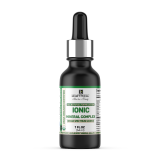
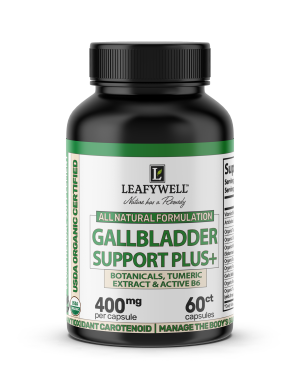
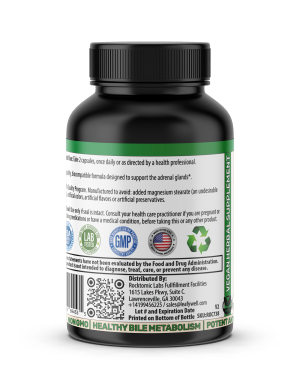
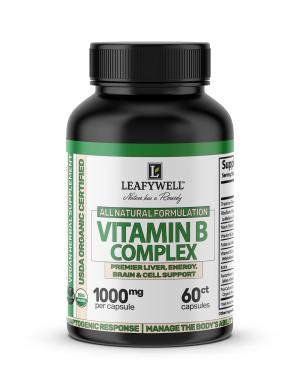

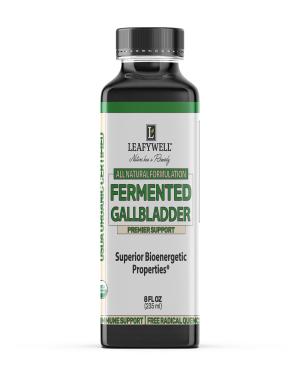
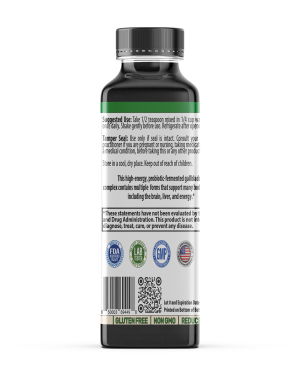
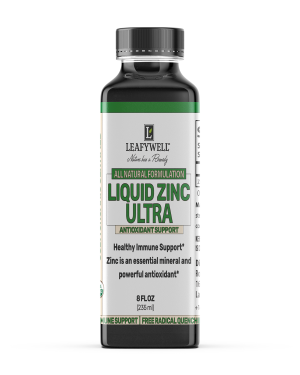
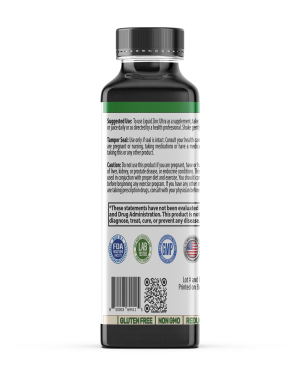

Reviews
There are no reviews yet.